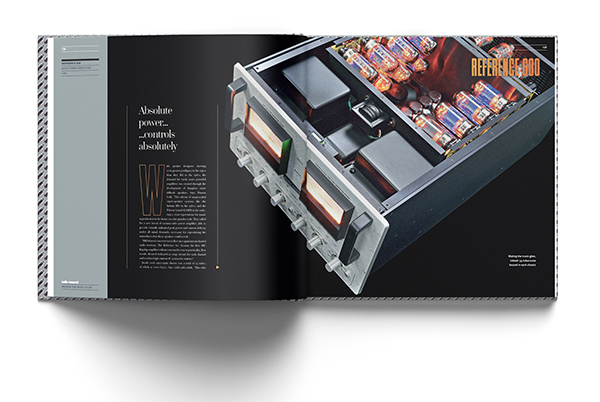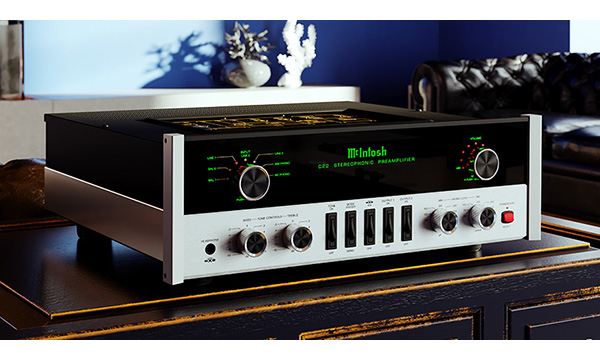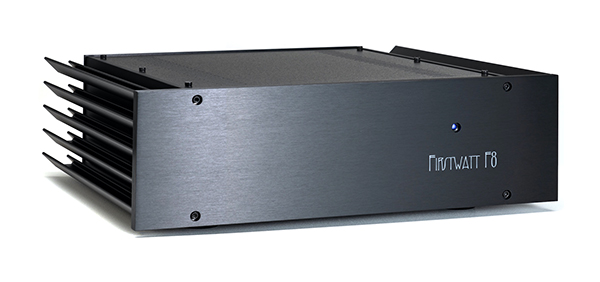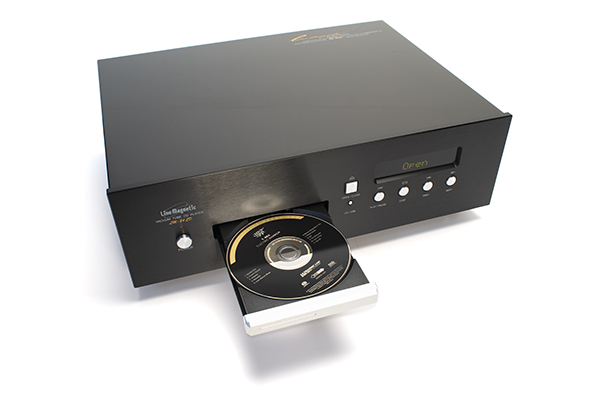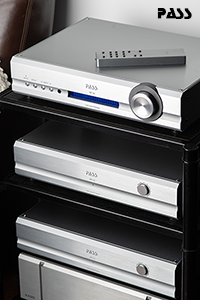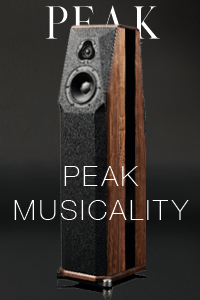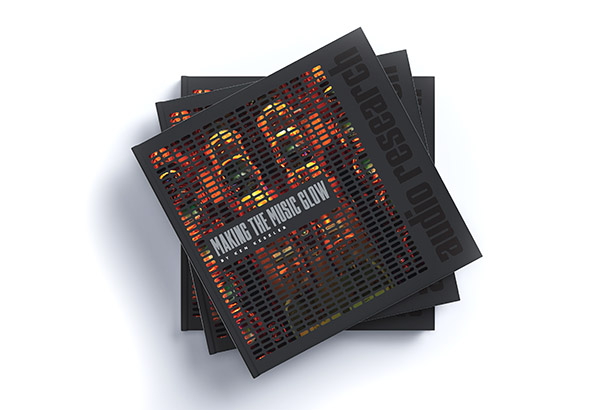
Ken Kessler has been an occasional TONE contributor for over a decade now, and in that time, I’ve had the privilege to call him a friend.
He’s written some great books on some of the most legendary brands in audio, but I think his latest title, Making the Music Glow, is his best. Like the fine wines he enjoys, Kessler just gets better with age.
With news of the book being released earlier this week (and of course, under embargo on the news) Ken was kind enough to give us a brief overview on what went into making this legendary book. He and the staff at Audio Research spent a full year getting the details right. The book is $150, and worth every penny. I suspect the initial printing of 2000 copies will sell out quickly. You can order one from your local Audio Research dealer, or online at www.audioresearch.com.
Here’s what Ken had to say about writing this landmark book:
Warm’n’Fuzzy
It never gets old: waiting for one’s next book to appear. If something totally unforeseen, like a pandemic, interferes, the anticipation has been tempered by other challenges. Would the printers be working during lockdown? How would the near absence of air travel affect shipping … and the book launch? Despite unexpected changes to our daily lives, the publishing date has arrived. And an important box has been ticked.
Audio Research: Making the Music Glow is my fifth effort – and fourth history of a hi-fi manufacturer – and the timing was crucial. It was commissioned to mark the company’s first 50 years, so release in 2020 was mandatory. Everything else in my life, as in yours, was being postponed or cancelled: every hi-fi show fell from the calendar, a half-dozen trips abroad abandoned, my 50th class reunion moved to 2021. But nothing was going to stop the telling of one of high-end audio’s most important tales during its milestone year.
“He would say that,” spots the cynic, “because he’s promoting his book.” Er, doh. So does every other author, musician, baker, tailor, plastic surgeon or anyone else with something to sell. The difference is, there is no hype here. Audio Research’s founder, Bill Johnson, is to the tube revival and the birth of high-end audio what the Band is to roots music, or Rolex is to mechanical watches. His brand’s story is about as seminal an element of the subject we love as it is possible to be.
I went into the project already a long-term user of the company’s preamps and power amps, whose own time involved with serious hi-fi coincided almost exactly with that of Audio Research’s span. A story beginning in was – off the page – almost a chronicle of my own hi-fi adventure. Looking back on my own journey, Audio Research has always been there; in my case, its electronics have powered my reference system for decades. I knew the brand – or thought I did.
As I interviewed past and present employees, reacquainted myself with models from the back-catalogue, reread reviews (including ones I’d written years ago), it emerged that Audio Research wasn’t “just another brand,” which is, unfortunately, an epithet applicable to the majority of names in audio, most of which add little to the canon. As any history is about context, it was a reminder of a specific moment in the development of hi-fi, when transistors threatened to do to audio what quartz was doing to watches.
For audiophiles of a certain vintage, the book is a wander down Memory Lane. Sadly-departed characters from hi-fi’s past pop up here and there, like legendary retailer Mike Kay or pioneering reviews such as Harry Pearson and J Gordon Holt. Forgotten brands, defunct magazines, barely remembered hi-fi shows, once-ubiquitous test discs, obscure rivals and a litany of tube travails: the story is told by those who were there, so future revisionists be warned. ARC employees Warren Gehl, Chris Ossanna, and Dave Gordon are this book’s provenance.
This is not just the saga of Bill Johnson and Audio Research, but how the industry made a stand against mediocrity. Our hobby has always treated its history with disdain, save for those anachrophiles who love vintage audio gear. There are no high-end audio museums, and lavish, profusely illustrated books such as this have only been around since 2003, with the arrival of my first book, the history of Quad. Vainglorious as that may sound, and yes, there were books about hi-fi before it, but none celebrated luxurious audio components with the visual impact they deserve. None treated hi-fi the way books about Ferrari or Rolex glorify, respectively, high-end cars and watches.
Since then, my shelves of books about hi-fi have grown to include a dozen more brand histories, and it is hoped that denizens of a future in which streaming is all that remains will happen upon them and revel in high-end hardware the way some of us swoon over Italian coffee apparatuses from the 1930s, twin-lens cameras and lacquered fountain pens. If the word “romantic” seems to have no place in a world based on brushed aluminum, folded steel plate, glassware, wire and other cold materials, the omnipresence of music should be enough to dispel that notion. But this book is more of a love story than I ever imagined it to be. And I don’t mean my own love for the brand.
What I hope you will glean from every page is that those who worked for Audio Research, and those who still do, love not just the company, and not just audio per se, but they loved Bill Johnson. That may seem a cliché too far, but it was an overwhelming realization. And the greatest love? That of Bill and Nancy Johnson. If, after absorbing the story of Audio Research, you feel as I do about its importance in the history of high-end hi-fi, let it be known that Nancy is an unsung hero, as Bill’s supporter and enabler. And without whose input this book wouldn’t exist.



